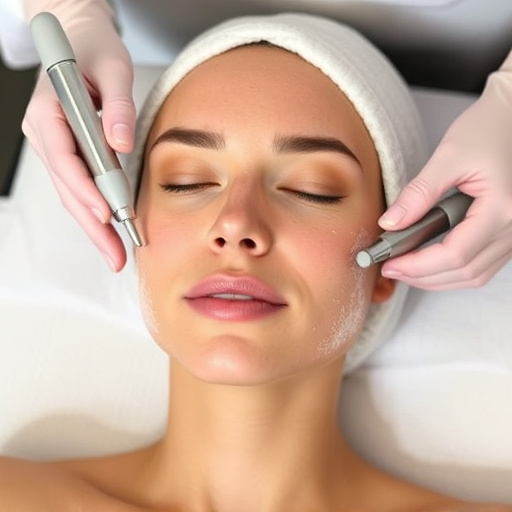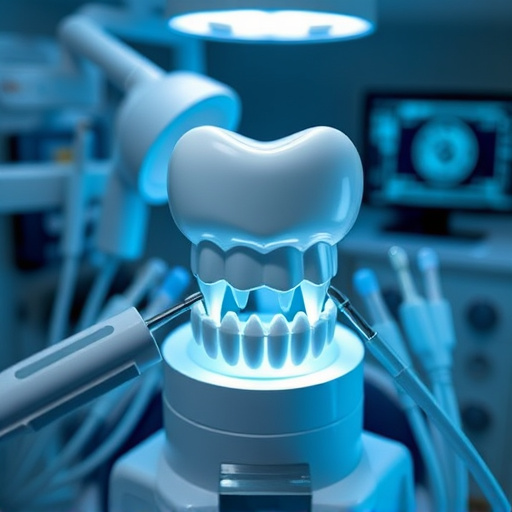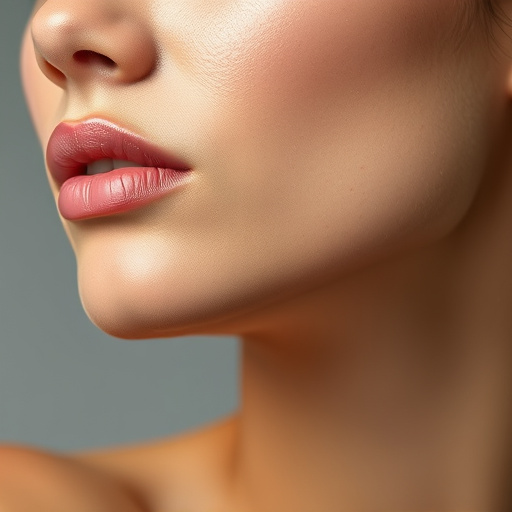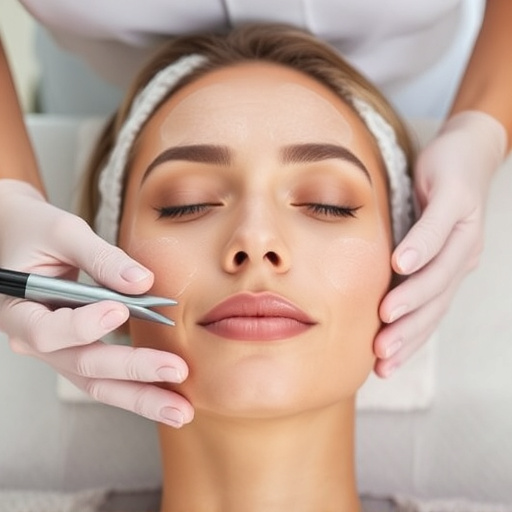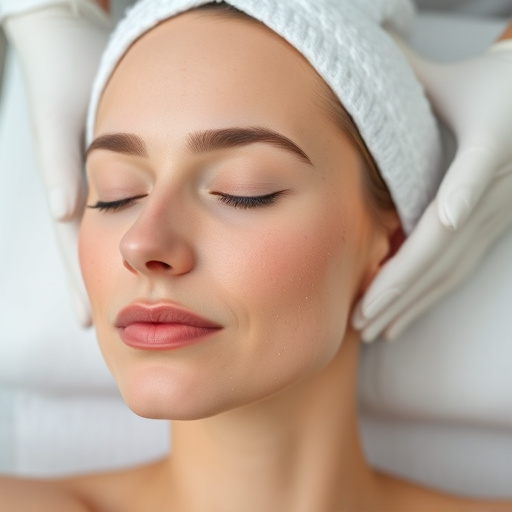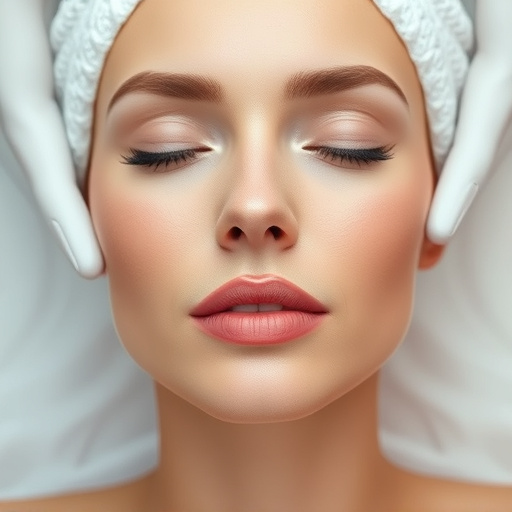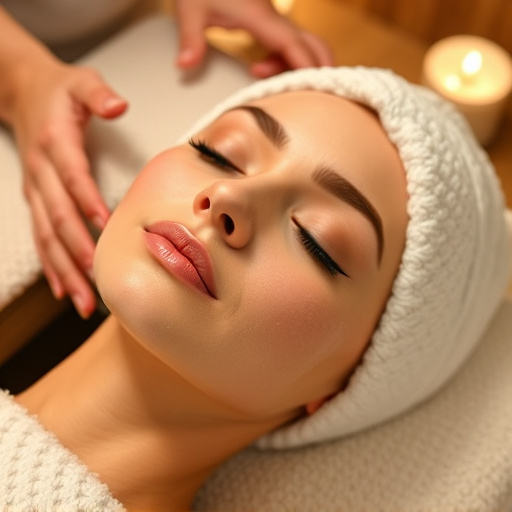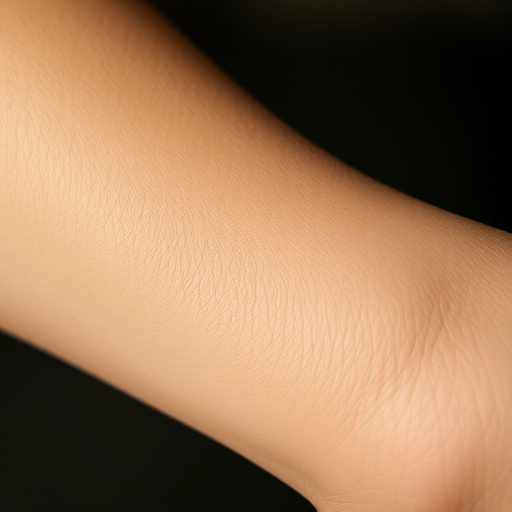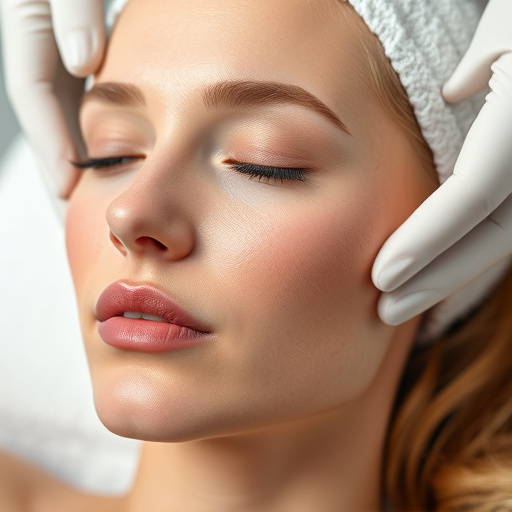Ingrown hair prevention involves understanding causes like blocked follicles, addressing risk factors (darker skin, coarse hair, inflammation), and adopting tailored skincare practices. Regular exfoliation, non-surgical treatments, and brightening serums aid in smooth hair growth. A post-care routine after shaving includes gentle exfoliation, moisturizing, and acne treatment to unclog pores. For persistent issues, consult professionals for advanced ingrown hair prevention techniques like chemical peels.
Ingrown hairs can be an unsightly and uncomfortable issue, but with the right strategies, long-term prevention is achievable. This article delves into the best practices for managing and avoiding ingrown hairs, focusing on effective solutions that go beyond quick fixes. We’ll explore the causes and risk factors behind this common skin concern, offer top tips for prevention, and provide detailed post-shaving care routines to ensure smooth, bump-free skin. Discover how to break free from the cycle of ingrown hair once and for all.
- Understanding Ingrown Hair: Causes and Risk Factors
- Top Strategies for Effective Long-Term Ingrown Hair Prevention
- Post-Shaving Care Routines for Optimal Results
Understanding Ingrown Hair: Causes and Risk Factors
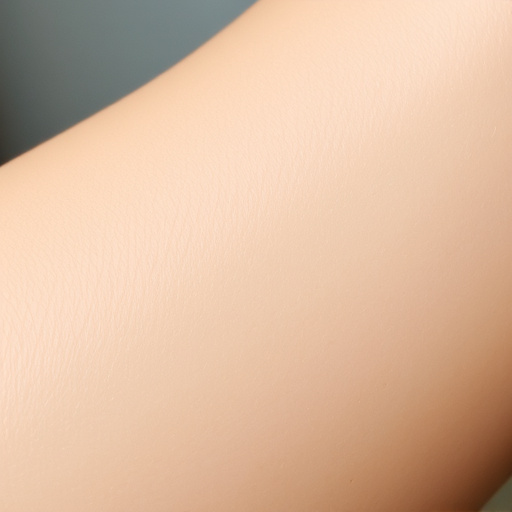
Ingrown hair prevention is a crucial aspect of maintaining healthy skin. Understanding the causes and risk factors behind ingrown hairs is the first step in addressing this issue effectively. Ingrown hairs occur when hair follicles become blocked, causing the hair to grow back into the skin instead of outwards. This can be triggered by several factors, including hair removal methods like shaving or waxing, where the hair shaft is damaged or removed at an angle that disrupts its natural growth trajectory.
Various risk factors contribute to ingrown hair prevention challenges. Skin types play a significant role; individuals with darker skin tones and coarse hair are more prone to this issue. Additionally, certain skin conditions such as acne, eczema, or psoriasis can exacerbate the problem by causing inflammation and irritation, making it harder for hairs to grow smoothly. Customized facials and skin rejuvenation treatments that target these underlying issues can be beneficial in promoting better skin health and reducing the likelihood of ingrown hair formation.
Top Strategies for Effective Long-Term Ingrown Hair Prevention

To prevent ingrown hairs from becoming a persistent issue, incorporating strategic practices into your skincare routine is essential. One of the top strategies involves regular exfoliation to remove dead skin cells and unclog hair follicles. This simple yet effective step ensures smooth hair growth and can be achieved through physical or chemical exfoliants, depending on your skin’s sensitivity.
Additionally, adopting non-surgical treatments like microdermabrasion or laser therapy offers long-lasting solutions for ingrown hair prevention. These advanced techniques promote skin rejuvenation by stimulating collagen production and improving skin texture, leading to healthier hair growth. Meanwhile, incorporating skin brightening serums into your regimen can address underlying hyperpigmentation, ensuring that new hairs grow in clearly and without irritation.
Post-Shaving Care Routines for Optimal Results
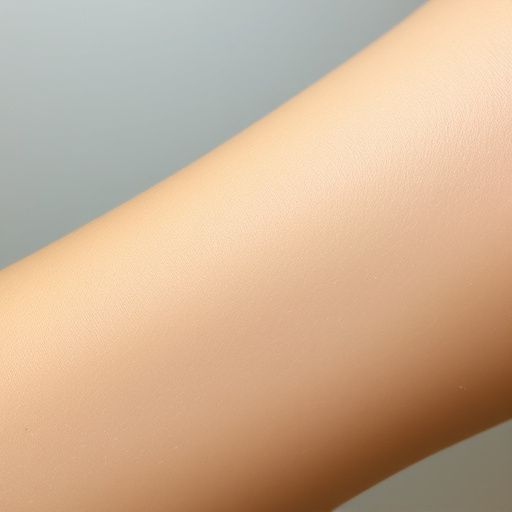
After shaving, implementing a robust post-care routine is paramount for ingrown hair prevention. The first 24 hours are crucial; gently exfoliate your skin to remove any dead cells and irritants that could cause hair follicles to become blocked. Using a mild cleanser and a loofah or soft washcloth, perform a gentle yet thorough exfoliation. Moisturize afterward to hydrate the skin and support healing.
Additionally, consider incorporating acne treatments suitable for your skin type. Topical solutions containing salicylic acid or benzoyl peroxide can help unclog pores and reduce inflammation, thereby minimizing the risk of ingrown hairs. For persistent issues, consulting a medical spa service or dermatologist might be beneficial. They could recommend chemical peels or other advanced ingrown hair prevention techniques to address deeper skin concerns.
In summary, preventing long-term ingrown hair requires a multi-pronged approach. By understanding the causes and risk factors, implementing top strategies such as exfoliation, proper shaving techniques, and post-shaving care routines, individuals can achieve smoother skin and reduce the occurrence of ingrown hairs. Adhering to these best practices ensures effective long-term ingrown hair prevention, promoting healthy, confident skin.
